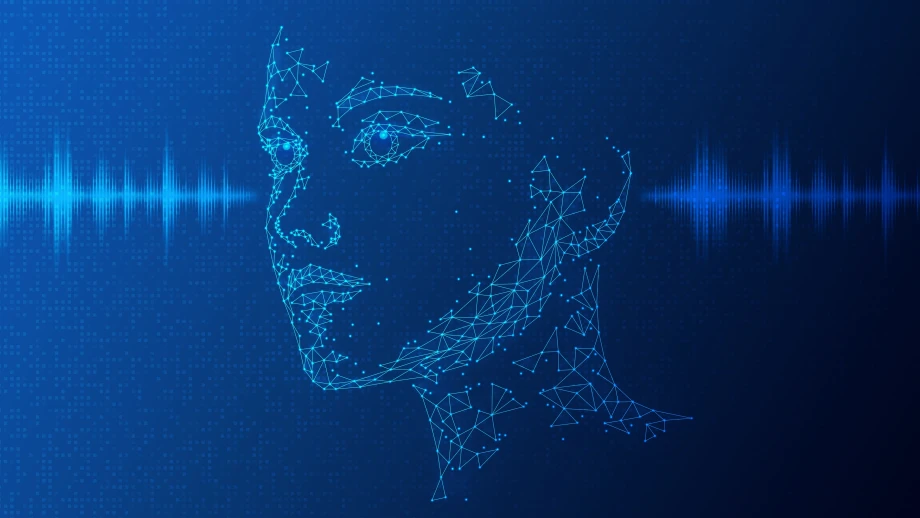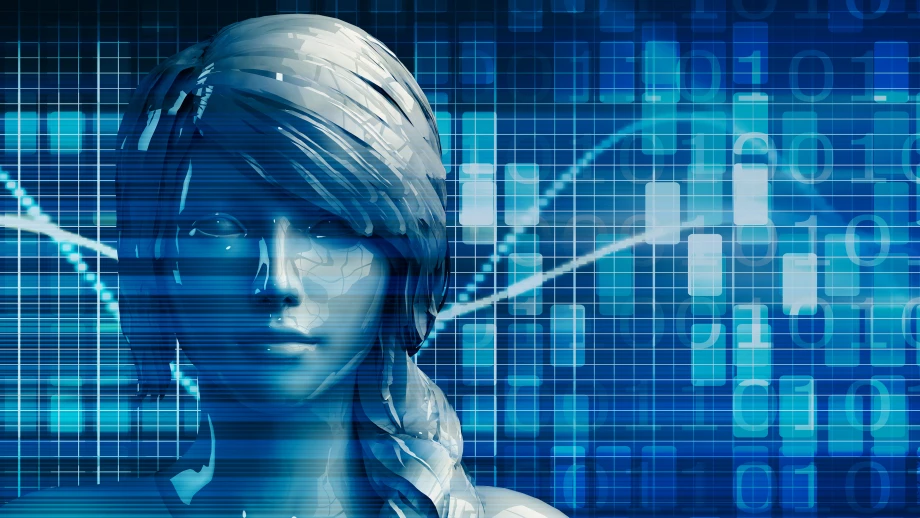Article
3 min read
In service for Industry 4.0: What is machine vision? - Part 1
Machine vision is one of the most exciting and in fact dynamically evolving areas of artificial intelligence, thereby it plays an important role in realising the vision of Industry 4.0, based on continuous communication and collaboration between humans and machines. In this article, we explain the concept of machine vision in more detail and explain the significance of this increasingly popular technology.

What is machine vision?
We can draw an infinite number of valuable conclusions from the data and build predictions based on it. However, data can be generated in many different ways, for example, in the case of machine vision, image-based information is considered as input, which is then interpreted by machines and subsequently used to make different decisions. Technology can therefore support human decisions, or, in some situations, make independent decisions right away without the involvement of human resources.
To illustrate this point, let us take a simple example: A lifting barrier at the exit of a parking house. To carry out the action and to leave the building in our car, we need a device that recognises our number plate. The machine can identify letters and numbers from a captured image of the number plate and compare them with the information from the ticket sales machine. If it receives the feedback that we paid for our parking, it lifts the barrier and the road is clear.
Why is machine vision important?
The boom in machine learning technologies was driven by two fundamental factors: the rush of inbound data generation in image format and increased computing power. These turned out to be the perfect basis for the development of machine vision and its wider range of applications to make our everyday lives easier. Today, it must be admitted that machines can respond more quickly and accurately to certain visual inputs than humans. It is no wonder that companies have recently recognised the potential of this technology and are gradually introducing machine vision-based solutions in areas ranging from autonomous driving through retail commerce to healthcare.
But what are the application areas and business benefits of machine vision in different industry branches, and how should manufacturing companies commence using the technology? In the following article, we will try to find the answers to these questions!
Do you want to take advantage of the opportunities of digitisation? Then get to know the Stratis service portfolio, which includes all the elements that allow us to offer a customised solution to the specific problems of production companies!
About author

Gáspár Sándor has been leading Stratis' artificial intelligence division since 2020, bringing over 20 years of experience in data science. Together with his team, he develops machine learning-powered decision support solutions for large enterprises, leveraging our clients' existing data assets. Additionally, he assists in automating our clients' existing processes using deep neural networks-based NLP and machine vision solutions.


















